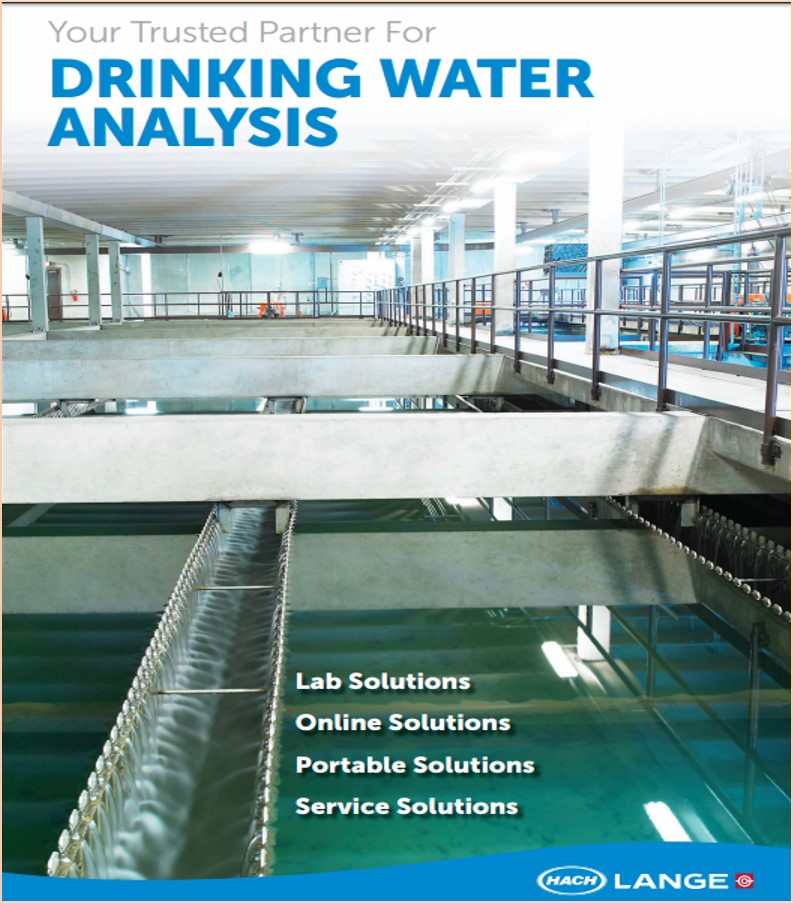水質消毒技術方案 Disinfection Series
The following articles were written by Hach’s Application Experts to help customers choose the best analytical methods to control and monitor their disinfection process. The series starts with basic chlorination, follows with chloramine formation to disinfect and control disinfection byproducts, and will end with alternative technologies.

-
Chlorine Applications in Drinking Water Treatment
Discusses some common chlorine applications and monitoring points in drinking water treatment that are often used for field testing and validating process instrumentation. -
Chlorine Chemistry
Explains the chemistries of free and total chlorine and their relationships with pH. -
Free vs. Total Chlorine
Defines free and total chlorine with an explanation of the differences in their use. -
Introduction to Chloramination
Defines chloramines, discusses how they are produced and introduces test methods to measure them. -
Optimizing Monochloramine Production
Steps through the chlorine breakpoint curve. Understanding this theory will help you use test results to optimize your process. -
Dealing with Special Situations when Chloraminating
Explores special situations that often occur when chlorminating and suggests analytical methods to help control these situations. -
Measuring Free Chlorine in the presence of Manganese and Chloramines
Introduces the Hach exclusive FreeChlor F reagent and discusses how it can help facilities to optimize and control their disinfection process. -
Determining an Ammonium Feed Rate for Chloramination
How to determine the LAS feed rate based on chlorine feed rate and the measurement of ammonia levels. -
UV Methods for DBP Control and UV Disinfection
Discusses the difference between the UV/254 Transmission Method (UVT), commonly used for UV disinfection control, and the UV/254 Absorbance Method (A254), which is a great tool for control of disinfection by-products.
